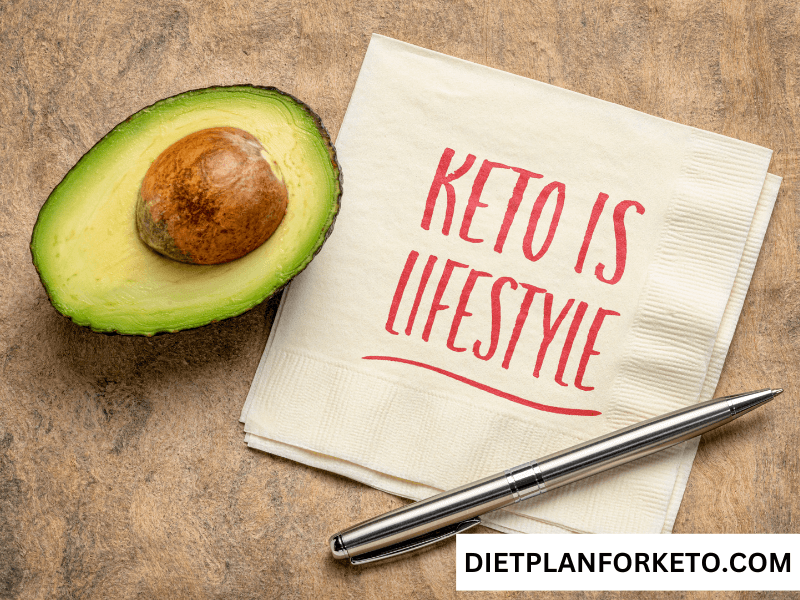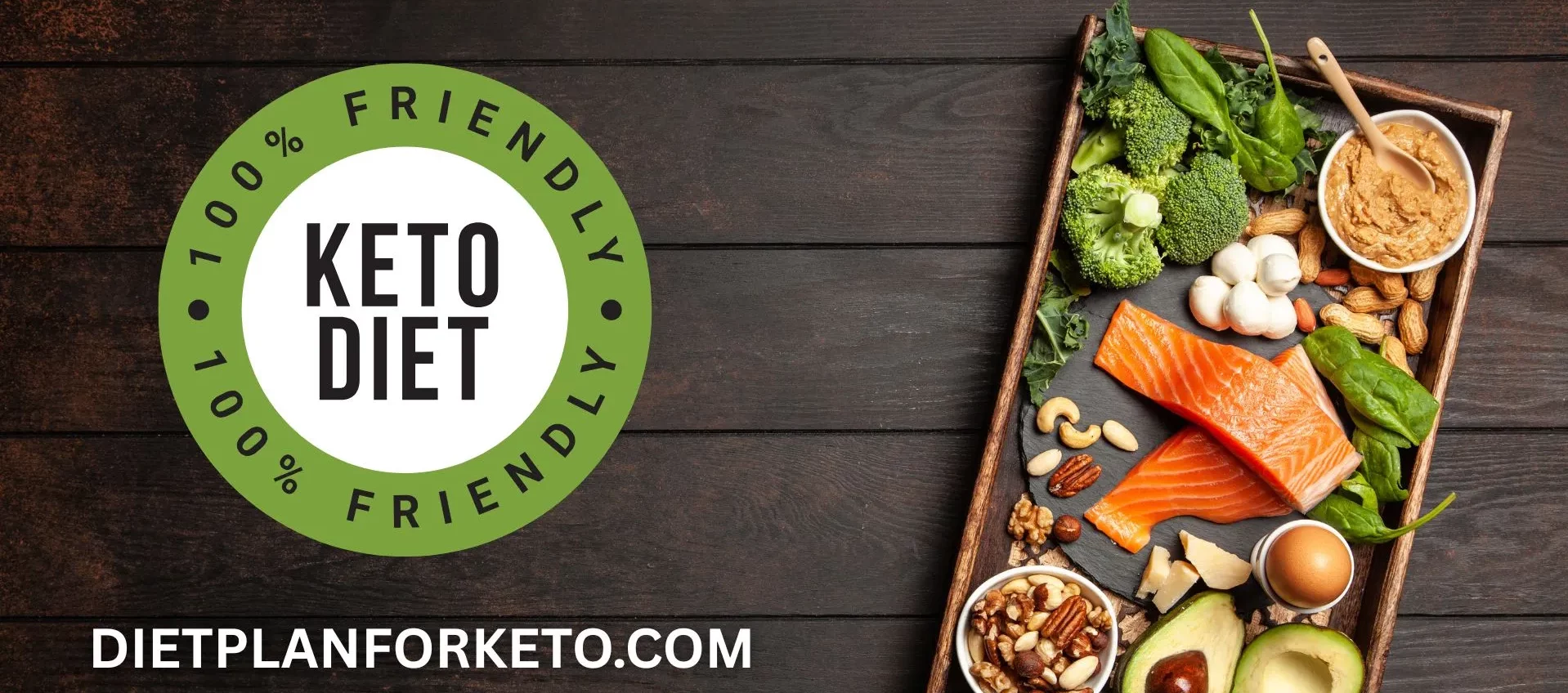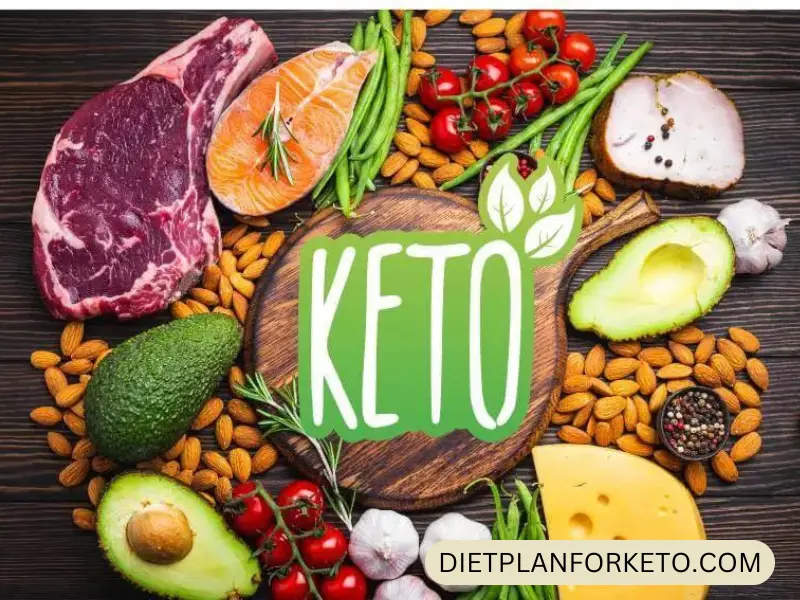Hosting a dinner party or entertaining guests can be a rewarding yet challenging experience, especially when following a low-carb, keto-friendly diet.
This guide provides a collection of impressive and delicious keto dinner ideas that are easy to prepare, low in carbs, and guaranteed to satisfy your guests.
Whether you’re hosting a casual gathering or an elegant dinner, these recipes offer something for everyone.
Why Choose Keto Dinner Ideas for Guests?
- Impressive Flavor: Keto meals often feature rich, bold flavors that appeal to diverse palates.
- Health-Conscious Option: Many guests appreciate low-carb meals that align with health goals.
- Simplicity in Preparation: Most keto recipes focus on whole, simple ingredients and straightforward cooking methods.
10 Keto Dinner Recipes to Impress Guests
Each recipe includes a complete list of ingredients, step-by-step instructions, carb count per serving, and tips for customization.
1. Creamy Garlic Butter Chicken Thighs
- Ingredients:
- 6 chicken thighs (bone-in, skin-on)
- 4 tbsp unsalted butter
- 4 cloves garlic, minced
- 1 cup heavy cream
- 1/2 cup chicken broth
- 1 tsp paprika
- Salt and pepper to taste
- Instructions:
- Season chicken thighs with paprika, salt, and pepper.
- Heat butter in a skillet over medium heat. Sear chicken until golden and cooked through. Remove and set aside.
- In the same skillet, sauté garlic until fragrant. Add chicken broth and heavy cream. Simmer until the sauce thickens.
- Return chicken to the skillet and coat with the sauce. Serve warm.
- Carbs per serving: 4g
2. Zucchini Noodles with Alfredo Sauce
- Ingredients:
- 4 medium zucchini (spiralized)
- 1 cup heavy cream
- 1/2 cup grated Parmesan cheese
- 2 cloves garlic, minced
- 2 tbsp olive oil
- Salt and pepper to taste
- Instructions:
- Heat olive oil in a pan over medium heat. Sauté zucchini noodles until tender.
- In a separate saucepan, heat heavy cream and garlic. Stir in Parmesan cheese and season with salt and pepper.
- Toss zucchini noodles in the Alfredo sauce. Serve hot.
- Carbs per serving: 5g
3. Herb-Crusted Salmon
- Ingredients:
- 4 salmon fillets
- 2 tbsp olive oil
- 1/4 cup almond flour
- 2 tbsp fresh parsley, chopped
- 1 tsp garlic powder
- Salt and pepper to taste
- Instructions:
- Preheat oven to 375°F (190°C).
- Mix almond flour, parsley, garlic powder, salt, and pepper.
- Brush salmon with olive oil and coat with the herb mixture.
- Bake for 12-15 minutes or until salmon is cooked through.
- Carbs per serving: 3g
4. Keto Lasagna with Zucchini Noodles
- Ingredients:
- 3 large zucchinis (sliced thin)
- 1 lb ground beef
- 1 cup marinara sauce (sugar-free)
- 1 cup ricotta cheese
- 1 cup mozzarella cheese
- 1 tsp Italian seasoning
- Instructions:
- Preheat oven to 350°F (175°C). Brown the ground beef and mix with marinara sauce.
- Layer zucchini slices, beef mixture, ricotta, and mozzarella in a baking dish.
- Repeat layers and top with remaining mozzarella. Bake for 25 minutes.
- Carbs per serving: 6g
5. Stuffed Bell Peppers
- Ingredients:
- 4 large bell peppers
- 1 lb ground turkey
- 1/2 cup cauliflower rice
- 1/2 cup shredded cheddar cheese
- 1/2 cup tomato sauce (sugar-free)
- 1 tsp paprika
- Instructions:
- Preheat oven to 375°F (190°C). Cut tops off peppers and remove seeds.
- Cook turkey with cauliflower rice, tomato sauce, and paprika.
- Stuff peppers with the turkey mixture and top with cheese.
- Bake for 20 minutes.
- Carbs per serving: 7g
6. Garlic Butter Shrimp with Zoodles
A quick and elegant dish perfect for seafood lovers.
- Ingredients:
- 1 lb shrimp (peeled and deveined)
- 4 medium zucchinis (spiralized into zoodles)
- 3 tbsp unsalted butter
- 3 cloves garlic, minced
- 1/4 cup chicken broth
- 1 tbsp lemon juice
- 1/4 tsp red pepper flakes (optional)
- Salt and pepper to taste
- Instructions:
- Heat 2 tbsp of butter in a skillet over medium heat. Add garlic and sauté until fragrant.
- Add shrimp, season with salt and pepper, and cook until pink (about 3 minutes). Remove shrimp and set aside.
- Add chicken broth, lemon juice, and remaining butter to the skillet. Simmer for 2 minutes.
- Toss zoodles in the sauce for 2 minutes until slightly tender.
- Return shrimp to the skillet, mix, and serve immediately.
- Carbs per serving: 5g
7. Keto-Friendly Chicken Parmesan
A classic Italian favorite with a low-carb twist.
- Ingredients:
- 4 boneless, skinless chicken breasts
- 1/2 cup almond flour
- 1/2 cup grated Parmesan cheese
- 1 egg, beaten
- 1 cup marinara sauce (sugar-free)
- 1 cup shredded mozzarella cheese
- 1 tsp Italian seasoning
- Instructions:
- Preheat oven to 375°F (190°C).
- Mix almond flour, Parmesan, and Italian seasoning in a bowl. Dip chicken in egg, then coat with the almond mixture.
- Heat oil in a skillet over medium heat and sear chicken until golden.
- Place chicken in a baking dish, top with marinara sauce and mozzarella cheese, and bake for 20 minutes.
- Carbs per serving: 6g
8. Bacon-Wrapped Pork Tenderloin
Juicy pork tenderloin wrapped in crispy bacon for a savory main course.
- Ingredients:
- 1 lb pork tenderloin
- 6-8 slices of bacon
- 2 tbsp olive oil
- 1 tsp garlic powder
- 1 tsp smoked paprika
- Salt and pepper to taste
- Instructions:
- Preheat oven to 400°F (200°C).
- Season pork with garlic powder, smoked paprika, salt, and pepper.
- Wrap bacon slices around the tenderloin and secure with toothpicks if needed.
- Heat olive oil in an oven-safe skillet and sear the pork on all sides.
- Transfer skillet to the oven and bake for 20-25 minutes or until the internal temperature reaches 145°F (63°C).
- Carbs per serving: 3g
9. Cauliflower Pizza with Toppings
A guilt-free pizza option that everyone will enjoy.
- Ingredients:
- 1 medium head of cauliflower (riced)
- 1 cup shredded mozzarella cheese
- 1/4 cup grated Parmesan cheese
- 1 large egg
- 1 tsp Italian seasoning
- 1/2 cup marinara sauce (sugar-free)
- Toppings: pepperoni, mushrooms, spinach, etc.
- Instructions:
- Preheat oven to 425°F (220°C). Line a baking sheet with parchment paper.
- Microwave riced cauliflower for 5 minutes. Squeeze out excess water using a kitchen towel.
- Mix cauliflower, mozzarella, Parmesan, egg, and Italian seasoning. Form a crust on the baking sheet.
- Bake for 10 minutes, then add marinara sauce, cheese, and toppings. Bake for another 10 minutes.
- Carbs per serving: 7g
10. Lemon Herb Roast Chicken
An impressive centerpiece dish for any dinner table.
- Ingredients:
- 1 whole chicken (4-5 lbs)
- 4 tbsp unsalted butter, softened
- 3 cloves garlic, minced
- 2 lemons (one sliced, one juiced)
- 2 tbsp fresh rosemary, chopped
- 1 tbsp fresh thyme
- Salt and pepper to taste
- Instructions:
- Preheat oven to 375°F (190°C).
- Mix butter, garlic, lemon juice, rosemary, and thyme to make a herb butter.
- Loosen the chicken skin and rub the herb butter underneath and on top.
- Stuff the cavity with lemon slices. Season the outside with salt and pepper.
- Roast for 1.5 hours or until the internal temperature reaches 165°F (74°C). Let rest for 10 minutes before serving.
- Carbs per serving: 4g

More Useful Tips for Hosting Keto Dinners
- Prepare a Keto-Friendly Starter
- Serve appetizers like deviled eggs, cheese platters, or bacon-wrapped asparagus.
- Offer a Low-Carb Dessert
- Consider keto cheesecake bites, dark chocolate mousse, or almond flour brownies.
- Stock Low-Carb Drinks
- Offer sparkling water, dry wines, or keto cocktails to pair with the meal.
- Communicate with Guests
- Ask about dietary preferences or restrictions to ensure everyone feels included.
- Create a Relaxed Atmosphere
- Presentation matters! Use garnishes like fresh herbs or lemon slices to make dishes look as good as they taste.
Pros and Cons of Serving Keto Dinners
Pros:
- Health Benefits: Guests enjoy flavorful, health-conscious meals.
- Diet-Friendly: Keto is adaptable to many preferences.
- Simplicity: Focus on whole, fresh ingredients simplifies meal prep.
Cons:
- Cost: Specialty ingredients like almond flour and quality meats can be more expensive.
- Learning Curve: Mastering keto recipes may require practice.
- Taste Preferences: Not everyone may be familiar with or enjoy keto alternatives.
By using this guide, you’ll not only impress your guests with incredible low-carb meals but also make your gathering a memorable and enjoyable experience for everyone!

